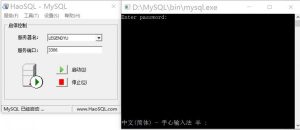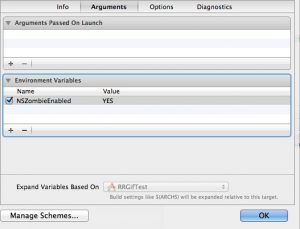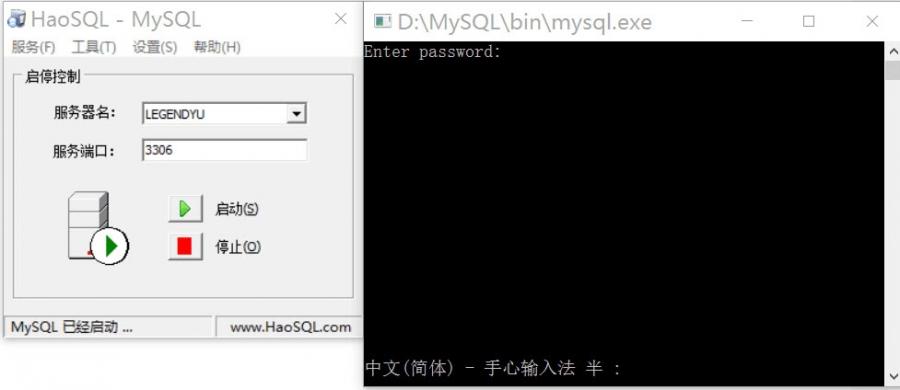– (NSString *)dataPath:(NSString *)file
{
NSString *path = [[NSHomeDirectory() stringByAppendingPathComponent:@”Documents”] stringByAppendingPathComponent:@”badge”];
BOOL bo = [[NSFileManager defaultManager] createDirectoryAtPath:path withIntermediateDirectories:YES attributes:nil error:nil];
NSAssert(bo,@”创建目录失败”);
NSString *result = [path stringByAppendingPathComponent:file];
return result;
}
– (void)viewDidLoad
{
[super viewDidLoad];
//此处首先指定了图片存取路径(默认写到应用程序沙盒 中)
NSArray *paths = NSSearchPathForDirectoriesInDomains(NSDocumentDirectory,NSUserDomainMask, YES);
//并给文件起个文件名
NSString *imageDir = [[[paths objectAtIndex:0] stringByAppendingPathComponent:@”163″] stringByAppendingPathComponent:@”songzi”];
//存放图片的文件夹
NSString *imagePath =[imageDir stringByAppendingPathComponent:@”文件名.png”];
NSData *data = nil;
//检查图片是否已经保存到本地
if([self isExistsFile:imagePath]){
data=[NSData dataWithContentsOfFile:imagePath];
}else{
data = [NSData dataWithContentsOfURL:[NSURL URLWithString: @”网址”]];
//创建文件夹路径
[[NSFileManager defaultManager] createDirectoryAtPath:imageDir withIntermediateDirectories:YES attributes:nil error:nil];
//创建图片
[UIImagePNGRepresentation([UIImage imageWithData:data]) writeToFile:imagePath atomically:YES];
}
imageView.image = [UIImage imageWithData:data];
}
NSString *path = [[NSBundle mainBundle] pathForResource:fileName ofType:@””];
if(path==NULL)
方法二:
NSFileManager *fileManager = [NSFileManager defaultManager];
//Get documents directory
NSArray *directoryPaths = NSSearchPathForDirectoriesInDomains
(NSDocumentDirectory, NSUserDomainMask, YES);
NSString *documentsDirectoryPath = [directoryPaths objectAtIndex:0];
if ([fileManager fileExistsAtPath:@””]==YES) {
NSLog(@”File exists”);
}
方法三:
//判断文件是否存在
if(![c judgeFileExist:@”user.plist”])
{
NSLog(@”请确认该文件是否存在!”);
return;
}
方法四:
//判断文件是否存在
-(BOOL)judgeFileExist:(NSString * )fileName
{
//获取文件路径
NSString *path = [[NSBundle mainBundle] pathForResource:fileName ofType:@””];
if(path==NULL)
return NO;
returnYES;
}
联系信息:邮箱aoxolcom@163.com或见网站底部。



















请登录后发表评论
注册
社交帐号登录